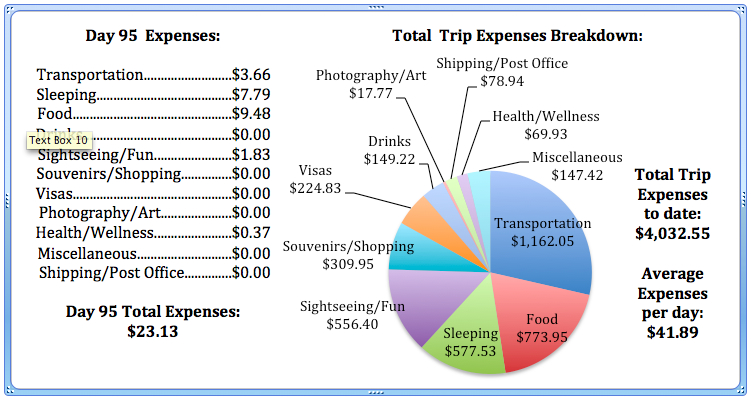Brahma, the Creator is one of the three most important Hindu gods. But his following isn’t nearly as strong as the following that Vishnu, the Preserver, and Shiva, the Destroyer have. Many believe it’s because of the story behind Brahma’s yagna (a sacrificial ritual that is supposed to take place at a specific time dictated by the stars). The story goes that Brahma was supposed to marry Savitri (or have a wife in time for the yagna?) at this particularly auspicious moment, but she was late. In desperate need of a wife to perform the ritual, the gods purified an unmarried shepherdess, Gayitri, from the untouchable caste, so she could be married to Brahma. After they were wed, Savitri showed up and was not happy Brahma married someone else. She put a curse on him, from then on, he would only be worshipped in Pushkar. Furthermore, the untouchable caste would only be liberated if their ashes were scattered on Pushkar Lake.

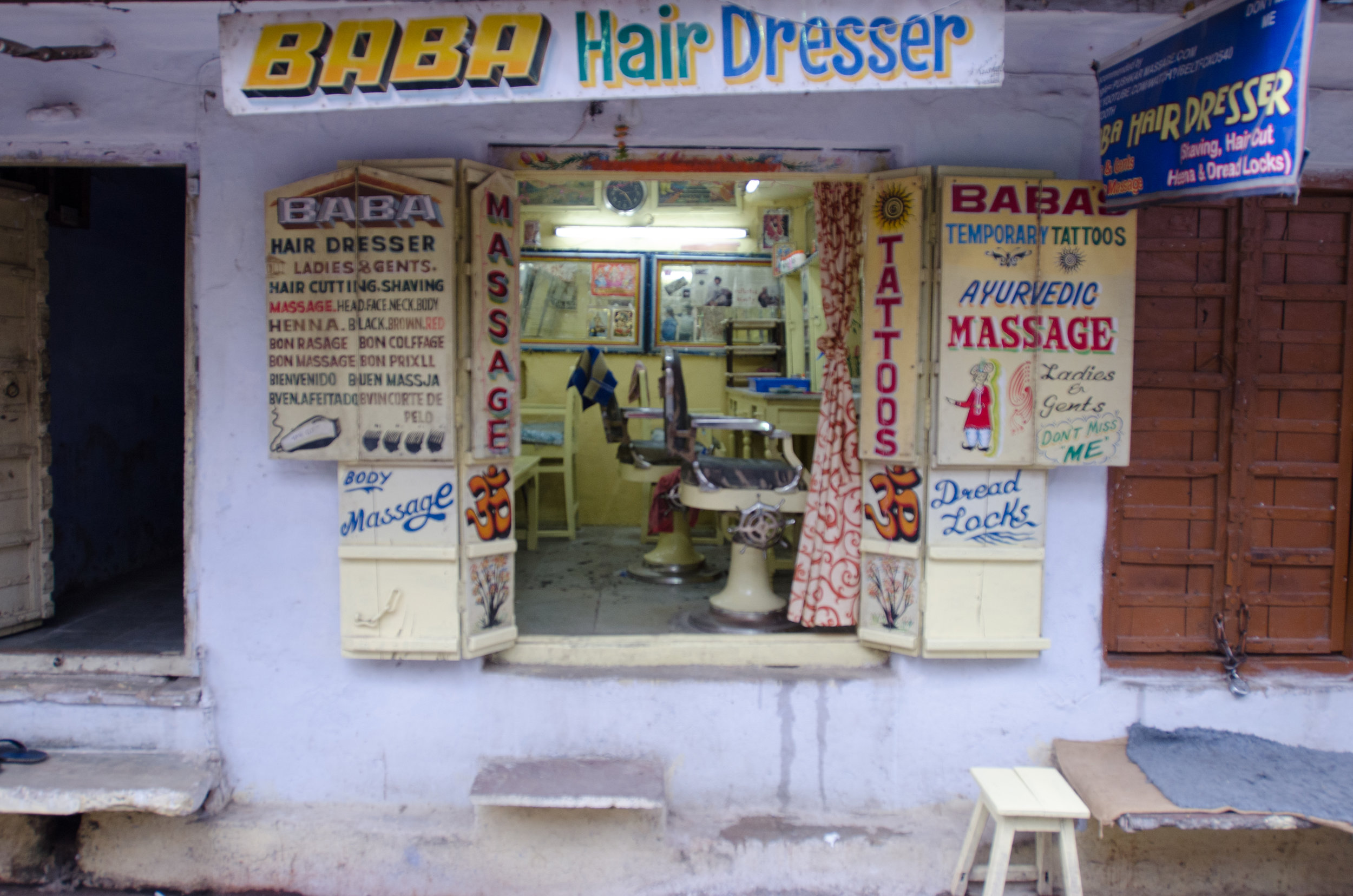
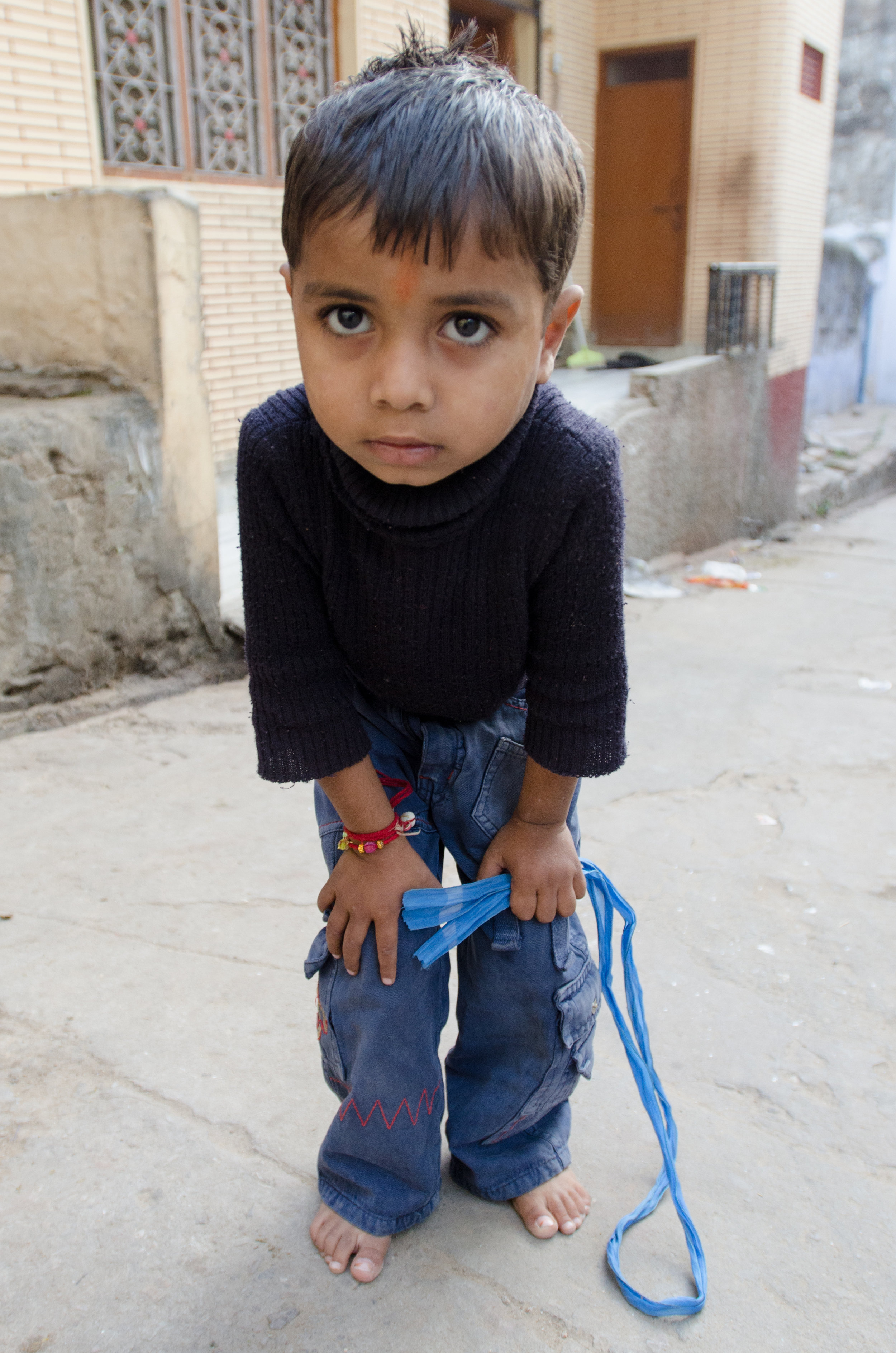
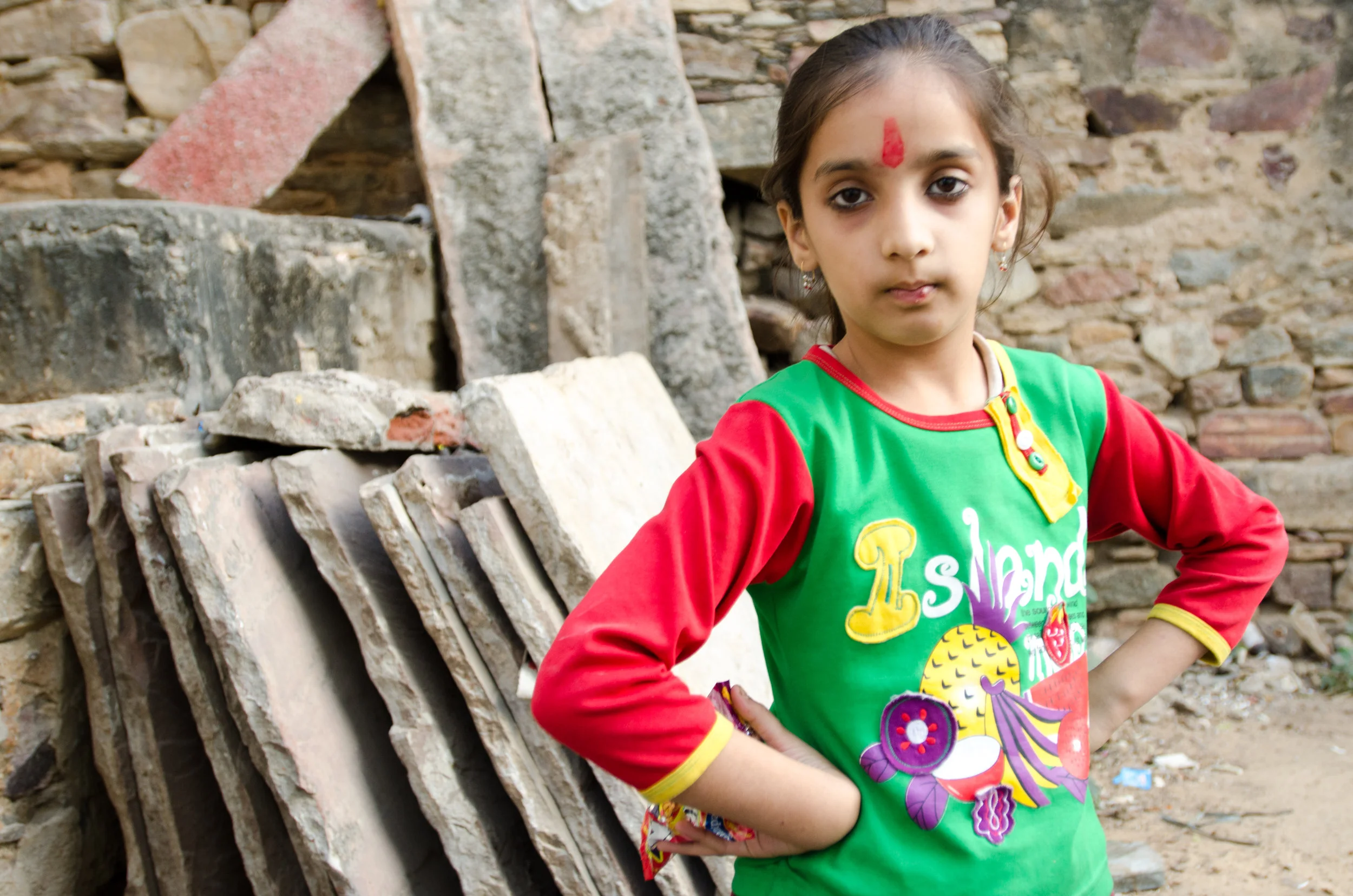
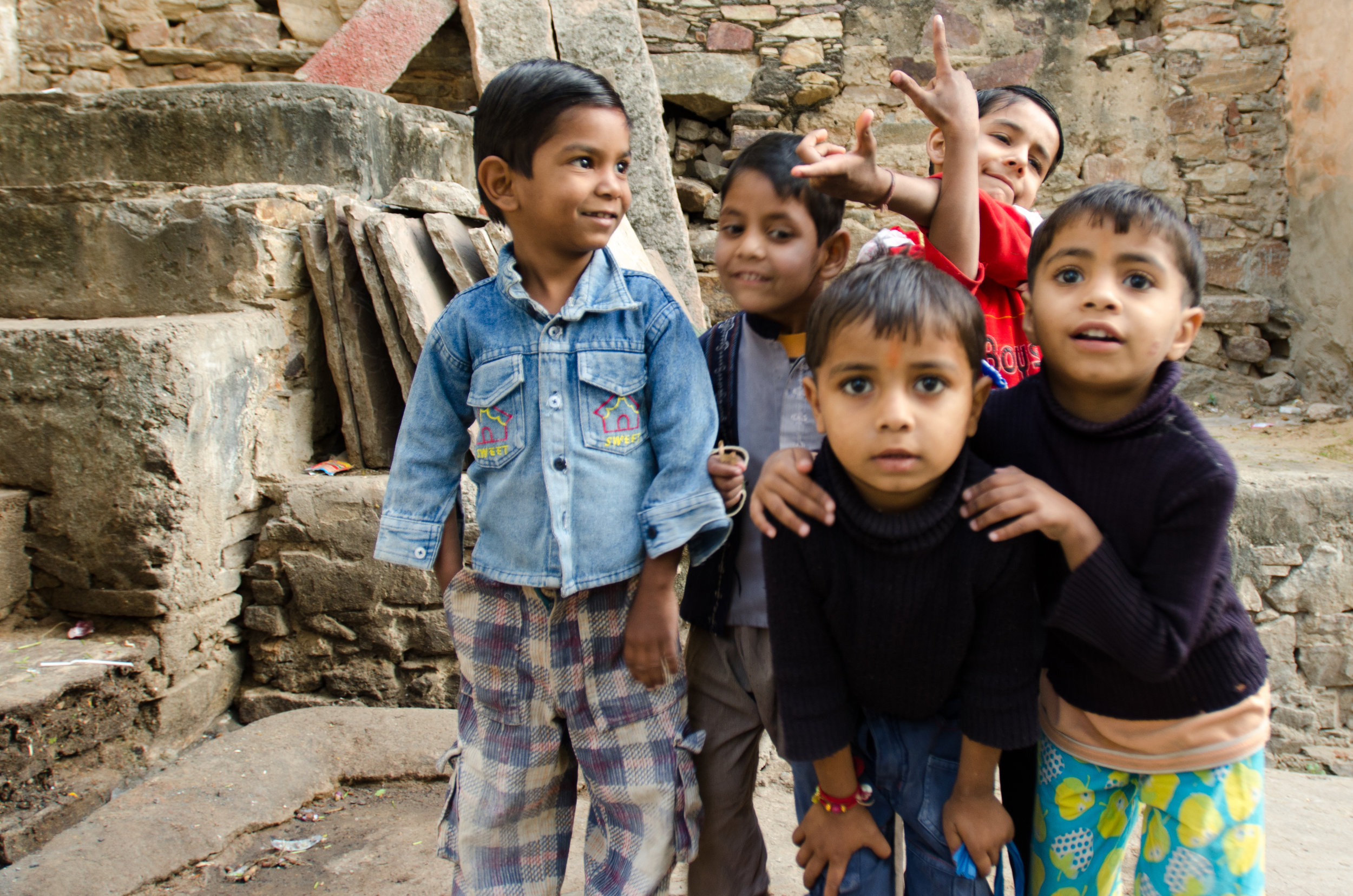
Pushkar is one of the five holiest places that Hindus pilgrim to. Foreigners and Hindus alike are encouraged by the locals (not only the Brahmin priests) to make Pushkar Puja (a religious ritual).
The guidebooks agree that making a puja and a donation at Pushkar Lake is pretty much unavoidable. Sure enough, not even ten minutes into our first walk through town to get our bearings, a man began talking to us about going to the lake and making puja. One we arrived at one of the ghats, a Brahmin priest took over, and we were ushered in. Of course, we had to slip off our shoes and then walk down the steps covered in pigeon droppings barefoot before we sat next to the lake, me with one priest, and Andrew with another.
The priest had a metal tray with tikka powder, rice, a coconut, and a string for the ceremony he performed with me. I repeated a lot in Hindi, and then repeated several prayers for not only myself, but also for my ‘husband,’ and for all of my family. I washed my hands in the water and touched it to my ears, my eyes, and my heart. The tikka powder was put onto my forehead. The coconut was thrown into the lake. Water was thrown behind my back. Money was asked for.
“Some people give thousands of rupees for their karma. It is for all of your life. You will only do this blessing one time. How much will you give?” The books warn of this as well. Indian pilgrims give between 21 and 51 rupees. (Why it’s an odd amount, I’m not sure) It suggested a foreign tourist can give at most 101 rupees. I tried my best to avoid saying exactly how much.
“Oh, my husband has all of our money…” I said.
“You can give 5,000 rupees?” The priest asked. I restrained from rolling my eyes at his cheap trick.
“50 rupees.” I replied, but ended up giving 100, because who asks for change when your karma is involved, right?
We turned around to see others were watching, walked back through the pigeon droppings, to get our shoes and continue our walk through the city, a bit quieter with the ‘Pushkar passport’ (the red string from the puja) as the locals call it, wrapped around our wrists.
Without a doubt, Pushkar is the quietest town we’ve been to so far, and perhaps the smallest (coming it around 15,000 people). Aside from shopkeepers calling out for you to “look for free,” it was lovely to be able to stroll through without the in-your-face rickshaw drivers of Delhi and Jaipur that had been our last few days.
I was also delighted with the barbers in town. I think I have a thing for foreign barber shops, but how could you not when one looks like these do?
On our way back to our guesthouse, some children were playing in the street. If children aren’t asking for a school pen, or ten rupees, they are asking for “One photo?” These little ones were too cute to refuse. In case you’re wondering what’s up with all of the heavy eyeliner on the little ones, I asked. It’s to protect them from the evil eye.

